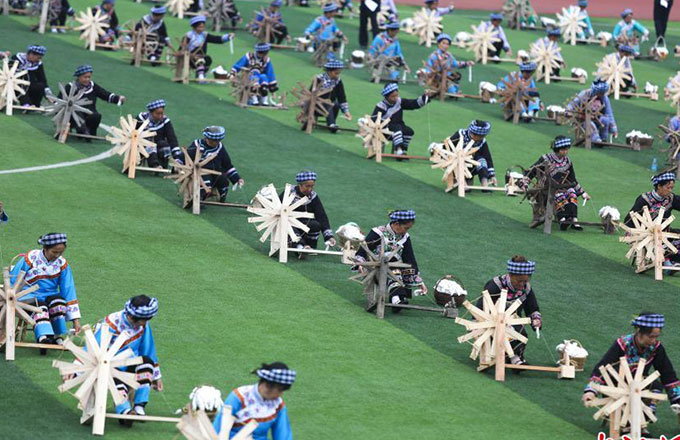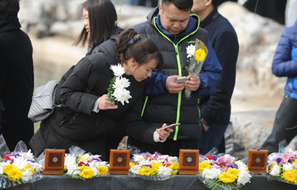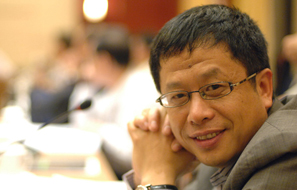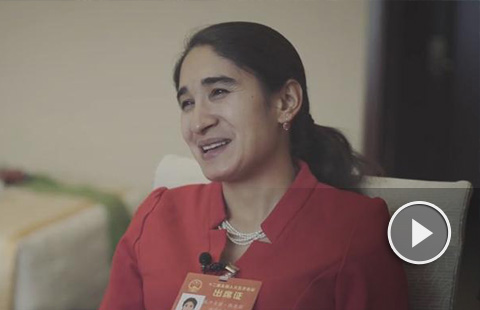Tongzhou heads back into the future
 |
|
Workmen clear the ground in preparation for an excavation in Hugezhuang village, Tongzhou, Beijing. [Photo/China Daily] |
More than 10,000 relics have been unearthed in the district, which will soon become Beijing's new administrative center.
On Feb 26 last year, just a few weeks after the traditional Spring Festival holiday, a team of more than 2,000 archaeologists from across China gathered in Beijing.
The municipal government had invited the experts to conduct an archaeological survey of Tongzhou district, which had been chosen as the capital's new administrative center. The government was anxious to preserve archaeological treasures buried under the soil before construction teams moved in to erect new government buildings in preparation for the change.
By the end of the excavation, seven months later, more than 10,000 cultural relics had been unearthed that traced the history of Tongzhou back to the Warring States Period (475-221 BC).
"We found a huge number of tombs, an ancient city from the Han Dynasty (206 BC-AD 220), and many other relics that prove Tongzhou, 25 km east of downtown Beijing, had a large population at least 2,000 years ago," said Yu Ping, deputy head of the Beijing Municipal Administration of Cultural Heritage, which oversaw the excavation.
The different types of tombs unearthed provided invaluable research materials about Beijing's role from the late Warring States Period to the Han Dynasty, he added.
According to the administration, the team surveyed 1.013 million square meters-equal to 142 soccer pitches-and unearthed relics from an area covering 40,000 square meters.
"It was the first time in the city's history that such a large team, drawn from nine provinces, had been called together to work on an archaeological project in an urban district," Yu said. "The findings were significant, too."
Tombs
More than 1,000 tombs were unearthed, spanning the period from the Han Dynasty to the Qing Dynasty (1644-1911).
Liu Qingzhu, academic director at the Institute of Archaeology, a think tank with the Chinese Academy of Social Sciences, said the tombs dated from the Han, Liao (916-1125), Jin (1115-1234), Yuan (1271-1368) and Ming (1368-1644) dynasties. Excavation and analysis of the burial sites will help archaeologists to learn more about how people from different regions and eras integrated into the existing culture.
"Different dynasties were established by people from different regions. The process by which they integrated can be determined by examining their daily lives, which we can research through their tombs," Liu said.

























